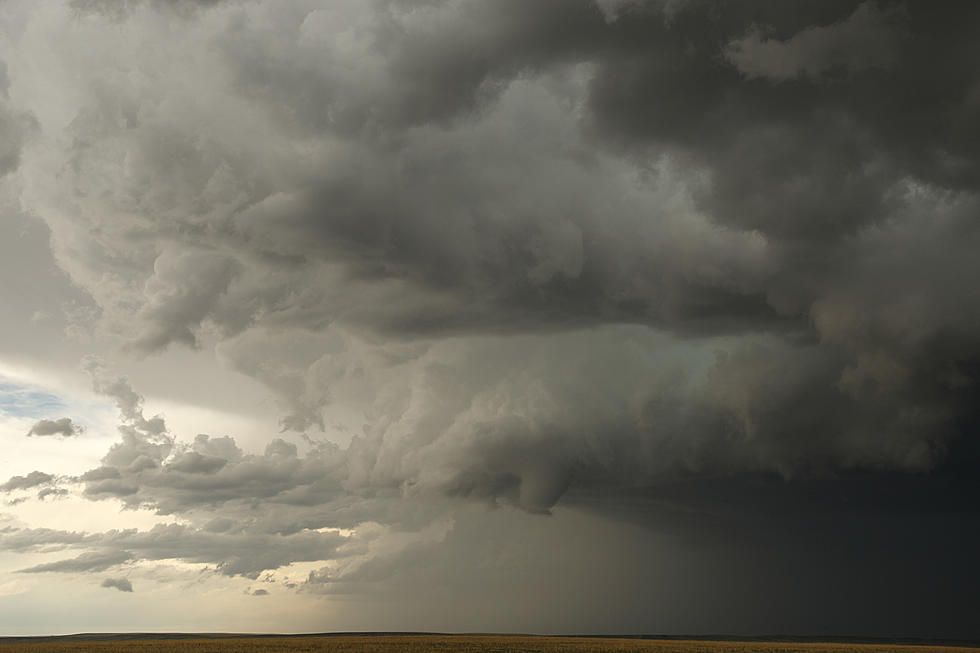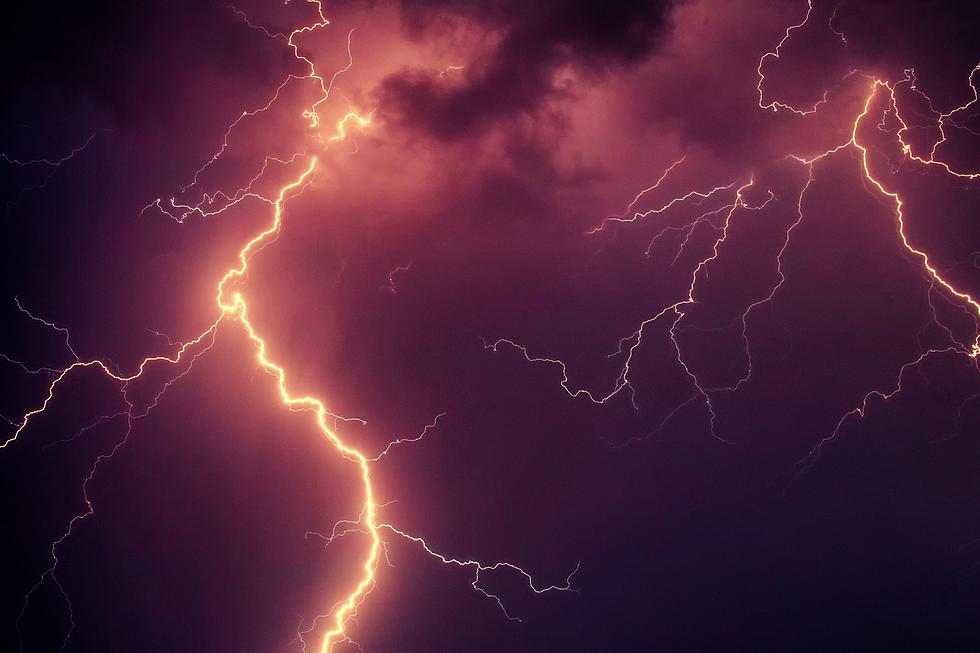
Well-Known South Louisiana Meteorologist Moving On
When a severe thunderstorm, a tornado, or a hurricane is going to wreak havoc on a community, the people turn to their local meteorologist to know what kind of risk they are facing.
With how quickly the weather can change in our area, your local meteorologist is like a part of your family. You trust that person to help you make the right choices to protect your family from imminent harm.
This dependence on a local meteorologist means we feel like we know them. They are a part of our daily routine, and we can count on them in times that are full of stress.
So, when a meteorologist decides that they will retire from a station and move on to a new job, it makes many of us sad to see a friend, and someone who feels like family, move out of our daily contact with them. We watch them on television and our smartphones, but that changing in Baton Rouge.
WAFB announced that their longtime Chief Meteorologist Jay Grymes has announced he has decided will retire from TV.
Grymes won't be moving totally out of the public spotlight, however; he has accepted a position with the Governor's Office of Homeland Security and Emergency Preparedness. It is a job that will let him continue to serve the public.
"It's the Right Thing at the Right Time
In an article on WAFB's website, Grymes says he wants the community to know that his decision to leave TV, was just that, his decision to take a job with GOHSEP.
No doubt that people in Baton Rouge and the surrounding areas will miss him, but he has served the governors of Louisiana for almost 30 years when they would call upon him to give them information about weather issues in our state.
He says,
It's been nearly three decades, and it's been a great ride. I cannot thank WAFB management enough for trusting and supporting me over these many years. I will also continue service through LSU as the State Climatologist, a position I held for 12 years before moving to the chief's job at WAFB.
Who Takes Over Grymes' Position?
WAFB reports Dr. Steve Caparotta will take over as the station's Chief Meteorologist.
LOOK: The most expensive weather and climate disasters in recent decades
Gallery Credit: KATELYN LEBOFF
More From 99.9 KTDY









